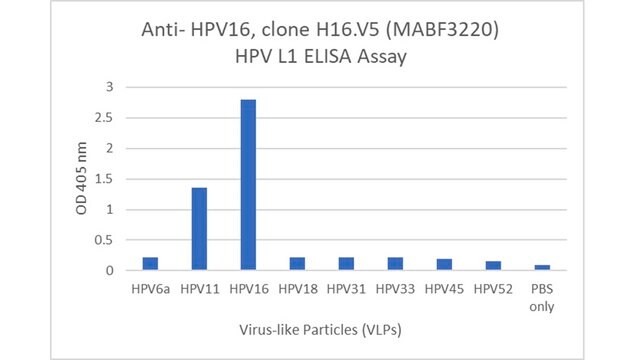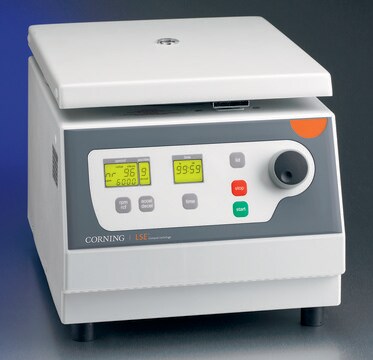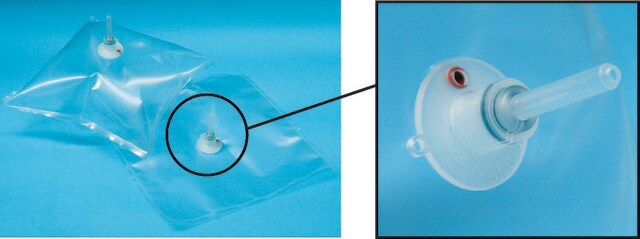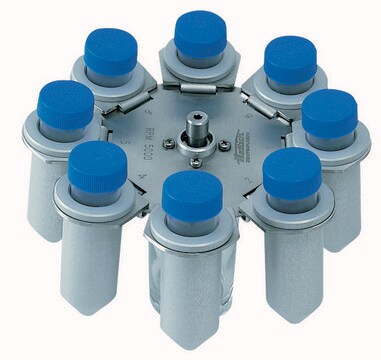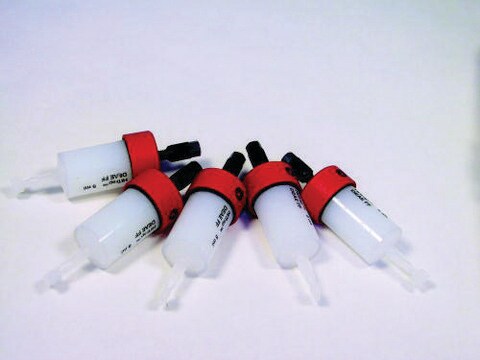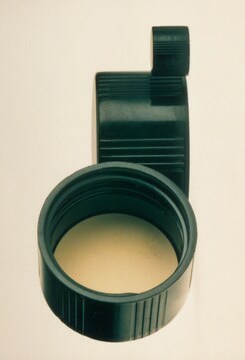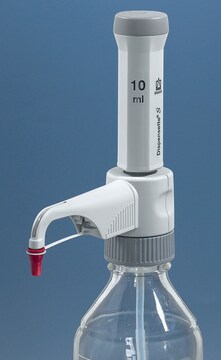MABF3287
Anti-HPV18 Antibody, clone H18.J4

Synonym(s):
HPV-18, Major capsid protein L1
About This Item
Recommended Products
biological source
mouse
Quality Level
antibody form
purified antibody
antibody product type
primary antibodies
clone
H18.J4, monoclonal
mol wt
calculated mol wt 63.6 kDa
observed mol wt ~N/A kDa
purified by
using protein G
species reactivity
virus
packaging
antibody small pack of 100
technique(s)
ELISA: suitable
neutralization: suitable
isotype
IgG2aκ
Protein ID accession no.
UniProt accession no.
storage temp.
-10 to -25°C
Gene Information
vaccinia virus ... L1(1489090)
Specificity
Immunogen
Application
Isotype testing: Identity Confirmation by Isotyping Test.
Isotyping Analysis: The identity of this monoclonal antibody is confirmed by isotyping test to be mouse IgG2a .
Tested Applications
ELISA Analysis: A representative lot detected HPV18 in ELISA application (Christensen, N.D., et al. (1996). Virology. 223(1):174-84; Panicker, G., et al. (2021). J Immunol Methods. 498:113136; Jerajani, K., et al. (2022). J Pharm Sci. 111(11):2983-2997).
ELISA Analysis: A representative lot of this antibody detected HPV18 protein in ELISA application (Data by Dr. J. Leitsch and with kind permission of ARTES Biotechnology GmbH, Germany. Recombinant HPV L1 antigens used were produced by ARTES Biotechnology GmbH).
Neutralizing Assay: A representative lot neutralized HPV18 in Neutralizing application (Dias, D., et al. (2005). Clin Diagn Lab Immunol. 12(8):959-69).
Note: Actual optimal working dilutions must be determined by end user as specimens, and experimental conditions may vary with the end user.
Target description
Physical form
Reconstitution
Storage and Stability
Other Notes
Disclaimer
Not finding the right product?
Try our Product Selector Tool.
Storage Class
12 - Non Combustible Liquids
wgk_germany
WGK 2
flash_point_f
Not applicable
flash_point_c
Not applicable
Certificates of Analysis (COA)
Search for Certificates of Analysis (COA) by entering the products Lot/Batch Number. Lot and Batch Numbers can be found on a product’s label following the words ‘Lot’ or ‘Batch’.
Already Own This Product?
Find documentation for the products that you have recently purchased in the Document Library.
Our team of scientists has experience in all areas of research including Life Science, Material Science, Chemical Synthesis, Chromatography, Analytical and many others.
Contact Technical Service